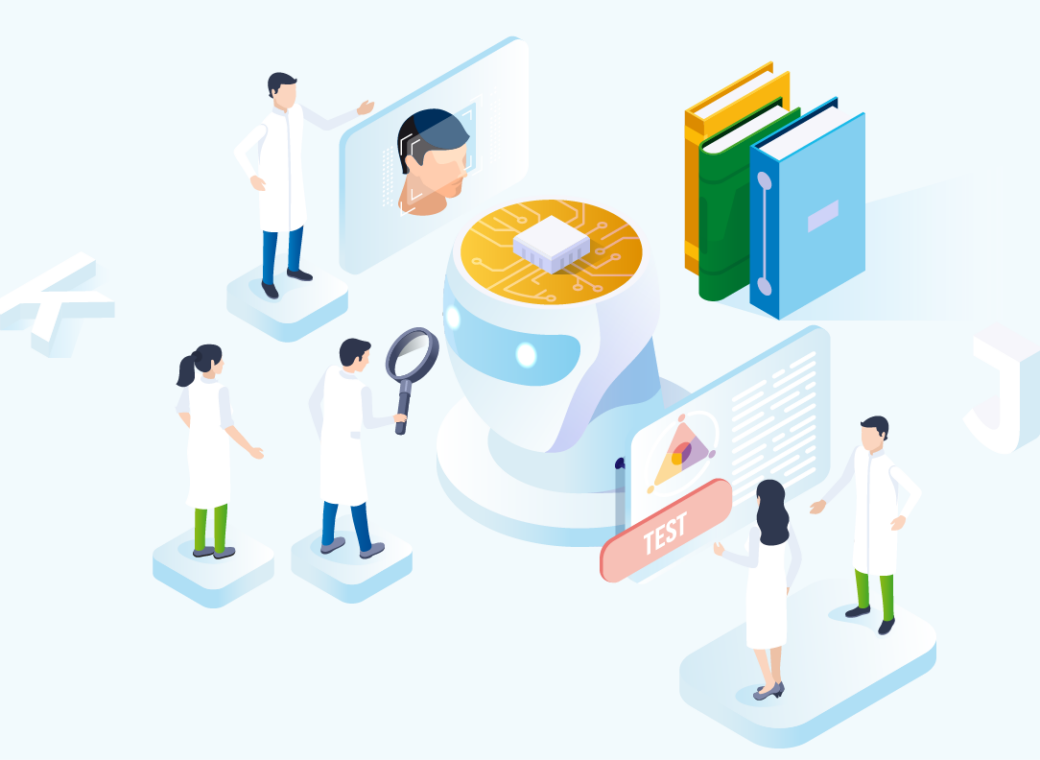For 80 years, machine translation has been fueled by technological developments. Its history is filled with innovative transformations, always placing humans at the heart of its processes. Find out how technology has advanced machine translation!
Machine translation: challenges and progress
While translation evolves with technological innovation, it cannot be explained without humans: only Humans can make the machine work and evolve. Human expertise, along with automation, can make the machine more efficient.
Thanks to advances in machine learning and the increase in the amount of data available online, machine translation is growing from year to year. Here again, human resources enable us to face up to the challenges of quality and specialization.
The human has an essential role to play, he will feed the information machine (rules of grammar, spelling, vocabulary…). It also allows the machine to associate terms with specific translations.
Machine translation: the big dates
Born in the 1950s, translation machines underwent three periods of major change:
- 1950-1970: machine translation is in its beginning and works thanks to human-informed grammar rules and dictionaries.
- 2000s: With a statistical and hybrid model, online translation engines are emerging. As a result, there is now more data to improve the quality of translations.
- 2015: Artificial Intelligence is a technological revolution that impacts the machine, we now talk about neural translation.
SYSTRAN: the pioneer
SYSTRAN created the first machine translation engine in the 1960s! An innovation that marks the beginning of many advances:
- SYSTRAN built the first hybrid machine translation model in the 2000s.
- In association with HARVARD NLP, SYSTRAN launches open source neural machine translation.
- In 2018, the “SYSTRAN Pure Neural Server” (SPNS) made its first steps on the Deep Learning market.
- Today, SYSTRAN offers more than 300 translation models in specific fields.
To note: select the “+” signs or the SYSTRAN logo to learn more.
Click here to view the accessible version of this interactive content
In the digital age, machine translation is experiencing considerable growth. It now faces new challenges in data sovereignty and specialized translation. Are you interested in the subject? You’re told more about data protection.





